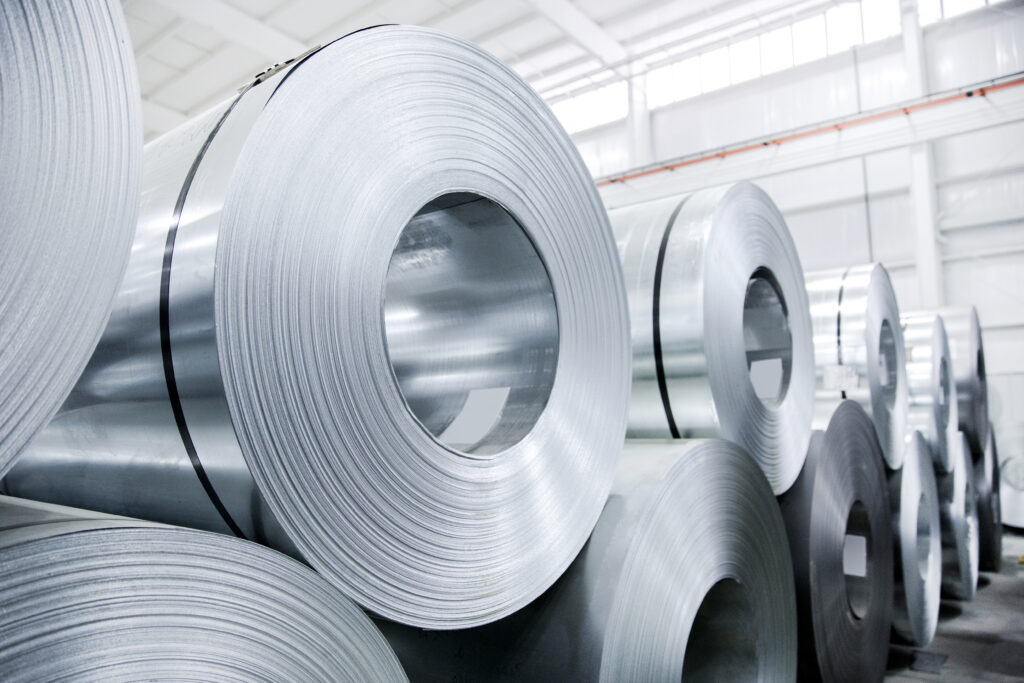Carbon & graphite
Carbon & graphite
Our Commitments…
Enabling critical technologies and innovations.
Coal chemicals have an extremely high carbon content, and their molecular structure makes them ideal materials to be transformed into pure carbon and graphite. This is particularly useful in applications where metals cannot meet the high-temperature or chemical-resistance requirements. In these specific conditions, carbon will resist.
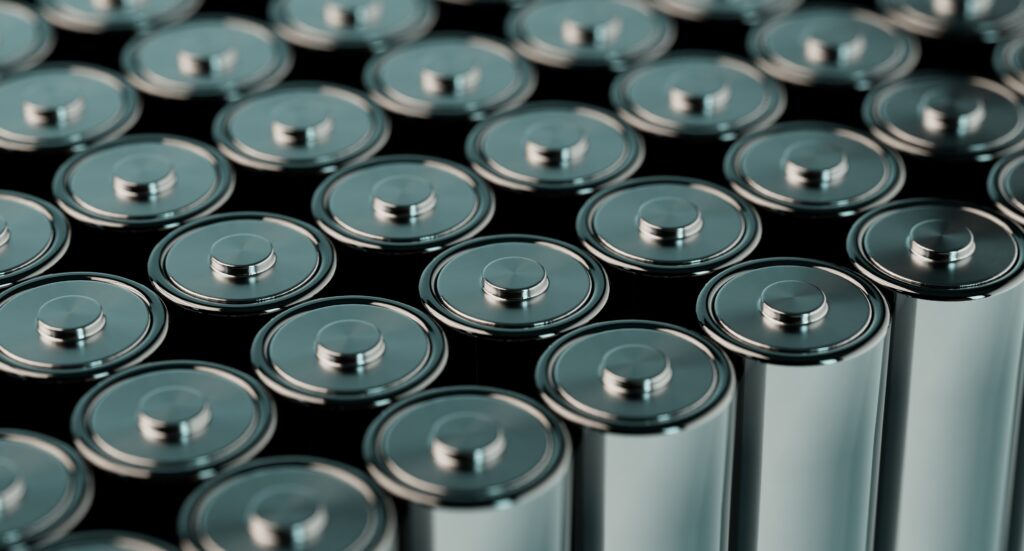
Supporting the green and digital transitions.
Many compounds containing pure carbon can be found in high-tech applications: high-temperature smelting, carbon-reinforced disc brakes, electrodes in Li-ion batteries, and brushes for electric motors. Its resistance properties add value to high-tech applications and green technologies, supporting the transition towards environmentally friendly transportation.
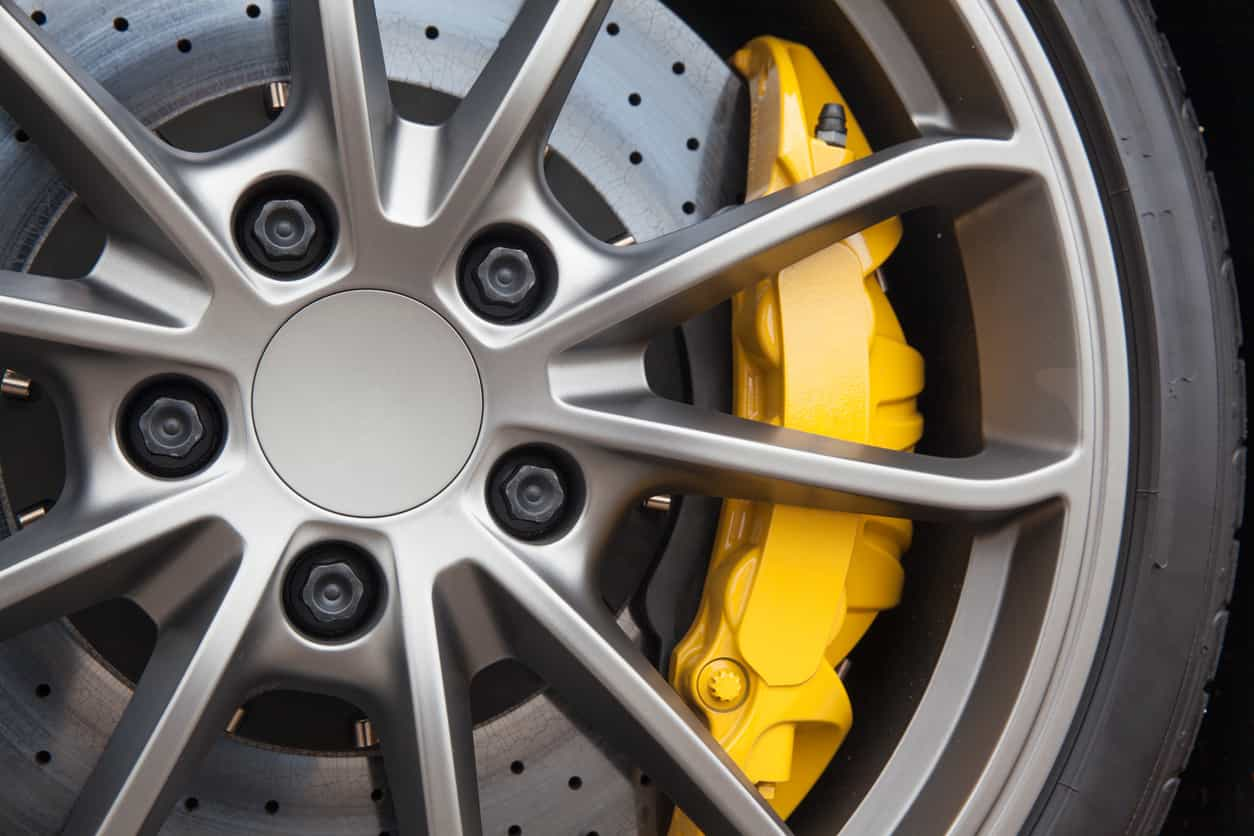
Graphite is used in:
Electric vehicle batteries
Carbon-reinforced disc brake
Li-ion Batteries
Carbon anodes
Applications
Thanks to its many critical applications, the coal chemicals industry makes a direct contribution to Europe’s climate objectives through a systematic energy efficiency approach.
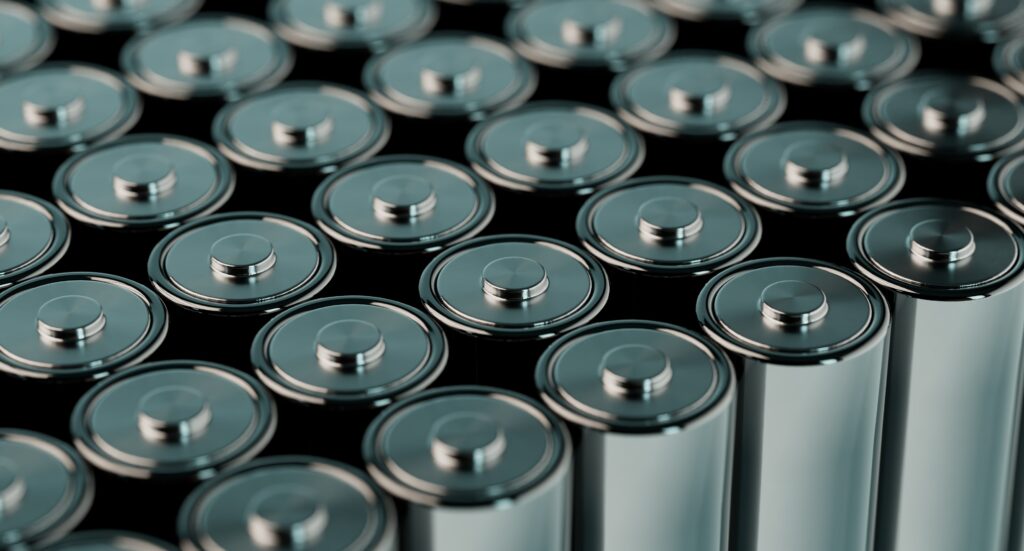
14.02.2023
Carbon & graphite
@ET-DC@eyJkeW5hbWljIjp0cnVlLCJjb250ZW50IjoicG9zdF90aXRsZSIsInNldHRpbmdzIjp7ImJlZm9yZSI6IjxoMSBjbGFzcz1cInBhZ2UtdGl0bGVcIj4iLCJhZnRlciI6IjwvaDE+In19@Our Commitments...Enabling critical technologies and...
Read more
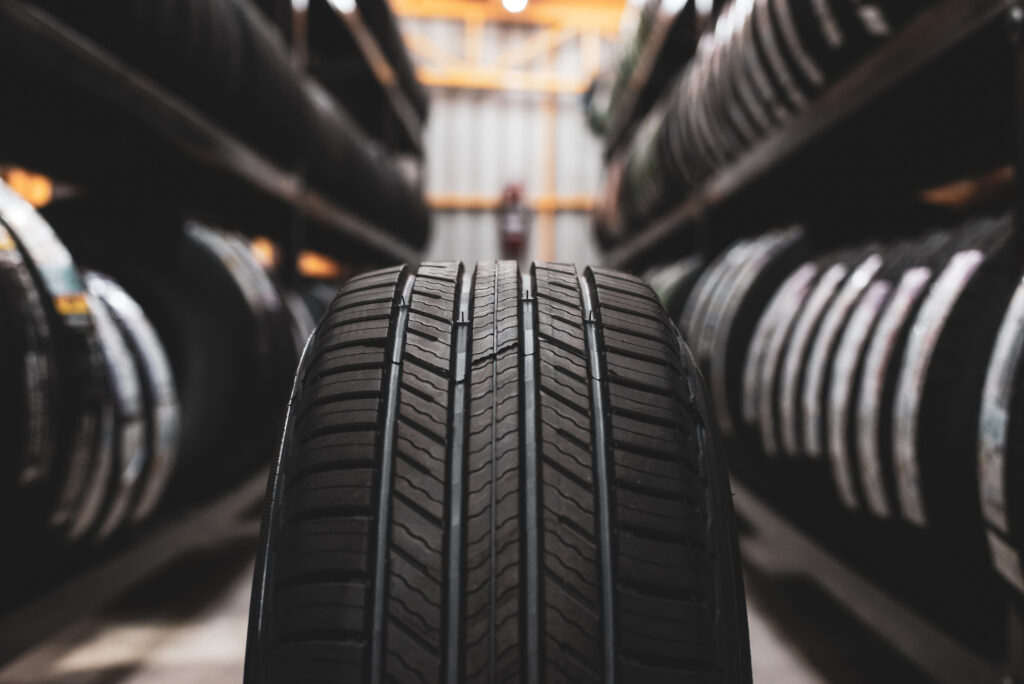
14.02.2023
Carbon black
@ET-DC@eyJkeW5hbWljIjp0cnVlLCJjb250ZW50IjoicG9zdF90aXRsZSIsInNldHRpbmdzIjp7ImJlZm9yZSI6IjxoMSBjbGFzcz1cInBhZ2UtdGl0bGVcIj4iLCJhZnRlciI6IjwvaDE+In19@Providing added strength and durability to tyres and...
Read more
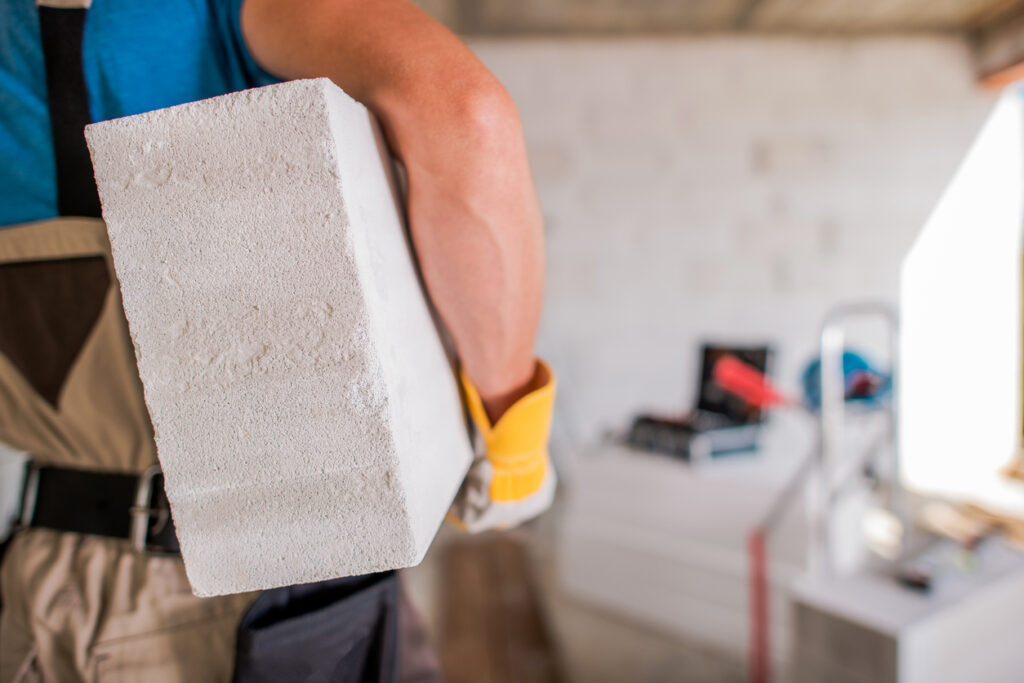
10.02.2023
Super plasticizers
@ET-DC@eyJkeW5hbWljIjp0cnVlLCJjb250ZW50IjoicG9zdF90aXRsZSIsInNldHRpbmdzIjp7ImJlZm9yZSI6IjxoMSBjbGFzcz1cInBhZ2UtdGl0bGVcIj4iLCJhZnRlciI6IjwvaDE+In19@Performance enhancers in buildings and construction....
Read more
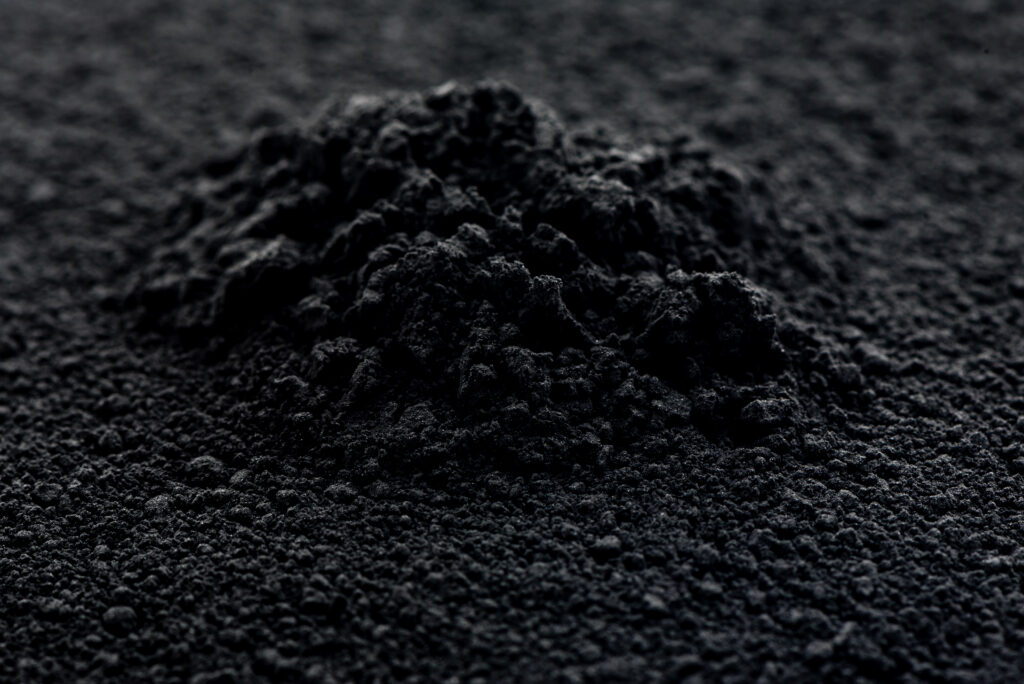
09.02.2023
Activated carbon
@ET-DC@eyJkeW5hbWljIjp0cnVlLCJjb250ZW50IjoicG9zdF90aXRsZSIsInNldHRpbmdzIjp7ImJlZm9yZSI6IjxoMSBjbGFzcz1cInBhZ2UtdGl0bGVcIj4iLCJhZnRlciI6IjwvaDE+In19@Coal chemicals are used in the production of activat...
Read more

07.02.2023
Wood protection
@ET-DC@eyJkeW5hbWljIjp0cnVlLCJjb250ZW50IjoicG9zdF90aXRsZSIsInNldHRpbmdzIjp7ImJlZm9yZSI6IjxoMSBjbGFzcz1cInBhZ2UtdGl0bGVcIj4iLCJhZnRlciI6IjwvaDE+In19@An unmatched wood preservative and antiseptic for ov...
Read more

